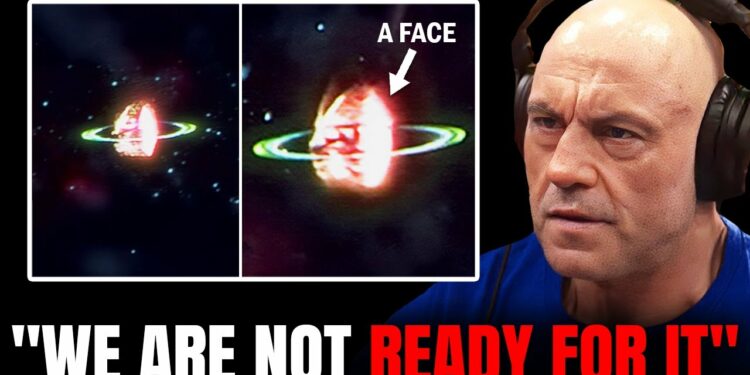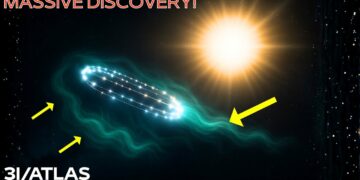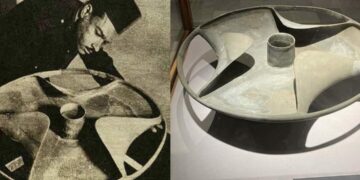NASA has detected a faint heartbeat signal from the Voyager 2 probe, sparking hope that control over the lost spacecraft might be regained. Launched on August 20, 1977, Voyager 2 is one of humanity’s most iconic space probes, designed to explore the outer solar system during a rare planetary alignment occurring once every 176 years. This alignment allowed the probe to use gravity assists from massive planets, significantly reducing travel time to Jupiter, Saturn, Uranus, and Neptune. Initially expected to operate for just four years, Voyager 2 has defied expectations, functioning for over four decades and becoming the only spacecraft to visit all four giant planets.
Voyager 2’s journey began with its launch a few weeks before its twin, Voyager 1, though it followed a longer trajectory to include Uranus and Neptune. The probe’s design, constrained by 1970s technology, included just 69 kilobytes of memory and a 23-watt transmitter, equivalent to a small light bulb. Its radioisotope thermoelectric generators (RTGs) produce power through plutonium decay, which diminishes by about 4 watts annually, requiring careful energy management. Despite these limitations, Voyager 2’s robust hardware and fault protection routines have ensured its longevity, allowing it to withstand extreme cold, radiation, and vast distances.
The probe’s encounters with the outer planets yielded groundbreaking discoveries. At Jupiter in 1979, Voyager 2 captured images of the Great Red Spot and confirmed volcanic activity on Io, while providing early evidence of Europa’s subsurface ocean. In 1981, Saturn’s intricate ring system and geologically active moons like Enceladus and Titan revealed unexpected complexity. Voyager 2’s 1986 flyby of Uranus, the first ever, uncovered a tilted magnetic field and surprising geological activity on Miranda. In 1989, Neptune’s dynamic atmosphere, fast winds, and nitrogen geysers on Triton challenged assumptions about distant planets.
After Neptune, Voyager 2 embarked on its interstellar mission, crossing the heliopause—the boundary between the sun’s heliosphere and interstellar space—in November 2018, at approximately 120 astronomical units. This made it the second human-made object, after Voyager 1, to enter interstellar space. Its instruments detected increased cosmic rays and nuanced magnetic field interactions, offering unprecedented data on the interstellar medium. Despite dwindling power, Voyager 2 continues to transmit data, taking over 18 hours to reach Earth, a testament to its enduring engineering.
Recent speculation, fueled by figures like Joe Rogan, questions whether NASA is concealing extraordinary findings from Voyager 2, such as alien signals or cosmic phenomena. While no evidence supports these claims, the probe’s detection of a mysterious signal has raised intrigue about its final days. As NASA manages its fading power, Voyager 2’s legacy as a pioneer of spac























